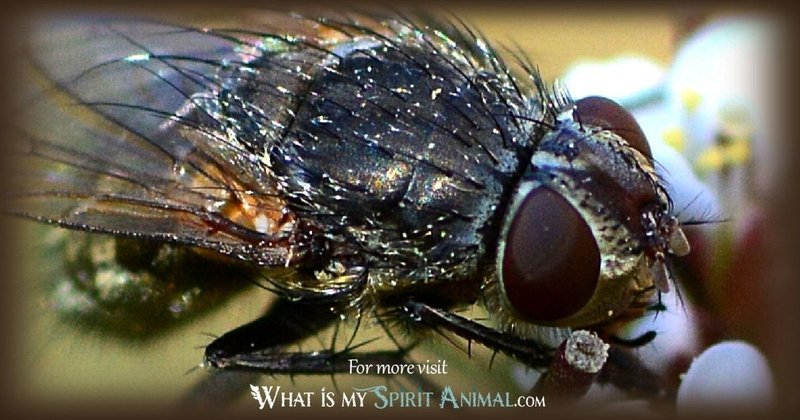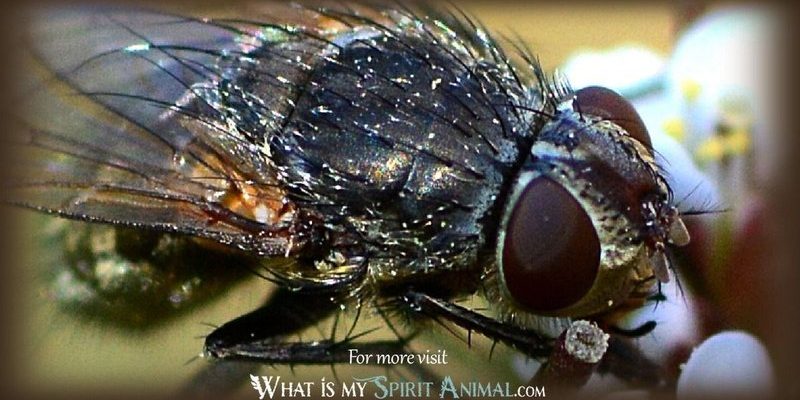
Imagine sitting in a café, chatting over coffee about the little things that often get overlooked. Just like how a fly can be a nuisance, it can also represent transformation and resilience. It’s intriguing how something so small can carry such weight. In this article, we’ll dive into the multilayered symbolism of flies in different cultures, exploring their meanings, representations, and the fascinating stories behind them.
The Fly in Ancient Mythology
Flies have been referenced in ancient mythologies for centuries. In Egyptian mythology, for instance, the fly was often associated with the god Baal, who represented fertility and renewal. Flies were seen as intermediaries between life and death, symbolizing the cycle of existence. This connection makes sense when you consider how flies thrive in both decaying matter and blooming flowers, representing a duality of life.
In Greek mythology, the fly was linked to Eros, the god of love. This connection might seem surprising, but it highlights the idea of attraction and desire. Much like how flies are attracted to sweetness, Eros represents the lure of love and beauty. So, next time you see a fly buzzing around, think about its role as a symbol of love and life’s complex cycles.
The Fly in Literature and Art
Flies have also made a notable appearance in literature and art throughout history. Think about Franz Kafka’s “The Metamorphosis.” In this iconic story, the protagonist turns into a giant insect, often interpreted as a flying creature. This transformation can symbolize feelings of alienation and the struggle for identity. In art, flies are sometimes depicted to evoke ideas of decay and the passage of time, as seen in various paintings that feature still-life arrangements with rotting fruit.
You might be wondering why artists and writers choose flies to communicate these themes. The answer lies in their ability to represent life’s fleeting moments and the inevitable decay we all face. It’s a reminder that everything beautiful and vibrant eventually fades, much like a flower wilting at the end of summer.
Cultural Symbolism Across the Globe
In many cultures, flies carry diverse meanings. For instance, in African cultures, some tribes regard the fly as a symbol of change and adaptation. Flies are adaptable creatures, thriving in various environments. This resilience reminds communities to embrace change and remain flexible in life’s unpredictable journey.
In Chinese culture, flies can symbolize filth and decay, often associated with negative energy or misfortune. However, this duality highlights how something seen as undesirable can also signify a deeper lesson about letting go of the past or cleansing oneself of negativity. It’s interesting how the same creature can represent hope for some and misfortune for others.
The Fly in Spiritual Contexts
Flies also appear in spiritual contexts, often symbolizing the soul. In some beliefs, flies are seen as messengers from the afterlife. They suggest that life continues beyond death, serving as a bridge between the physical and spiritual realms. This interpretation can bring comfort to those grieving or searching for meaning after loss.
Additionally, the symbolism of the fly extends to ideas of resurrection and rebirth. In many traditions, it represents the cycle of life, the idea that even when something dies, new life will emerge from it. It’s a beautiful reminder of nature’s ongoing cycle, emphasizing that endings often lead to new beginnings.
Flies as Symbols of Resilience
You might be surprised to learn that flies symbolize resilience and survival. These tiny creatures live in harsh environments, from compost heaps to bustling urban areas. Their ability to adapt and thrive in less-than-ideal conditions reflects a powerful message about perseverance.
In everyday life, we can all relate to the challenges of being resilient. Just like a fly that keeps buzzing around, we face obstacles and may feel like giving up at times. But the fly serves as a reminder: persistence often leads to eventual success. Embracing this mindset can help us push through tough times, just as flies continue to navigate their surroundings despite challenges.
The Role of Flies in Modern Culture
In modern culture, flies continue to pop up as symbols in movies, music, and fashion. They often signify the darker sides of life, such as decay, death, or the chaos of urban living. Yet there’s a twist; many artists also reclaim the fly as a symbol of beauty in the mundane. For instance, street art often features flies to represent urban resilience and the vibrancy that exists even in grittier environments.
Furthermore, flies are commonly referenced in discussions about ecology and environmental health. Because they play a vital role in decomposition, flies help maintain ecological balance. This importance highlights how every creature, no matter how small or seemingly insignificant, contributes to the greater whole of our environment.
So, the next time you encounter a fly, take a moment to think about its rich cultural symbolism. From ancient mythology to modern interpretations, flies remind us of the complexities of life, resilience, and the beauty of adaptation. They challenge us to see beyond what’s at the surface, revealing deeper truths about existence.
Ultimately, flies embody a fascinating blend of meanings—reminders of life’s fleeting nature and symbols of hope and transformation. Whether buzzing around your picnic or represented in art, flies hold a mirror to our human experiences, inviting us to reflect on our own journeys. Embracing this perspective can lead to a deeper appreciation for all creatures, big and small.

